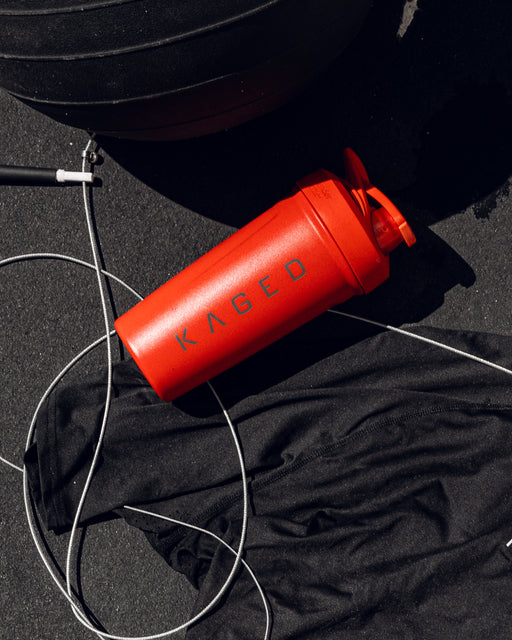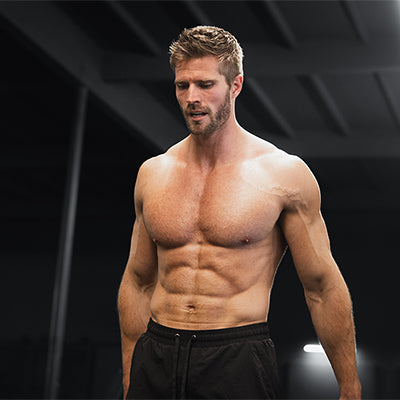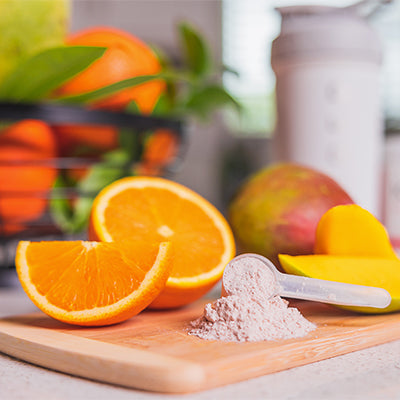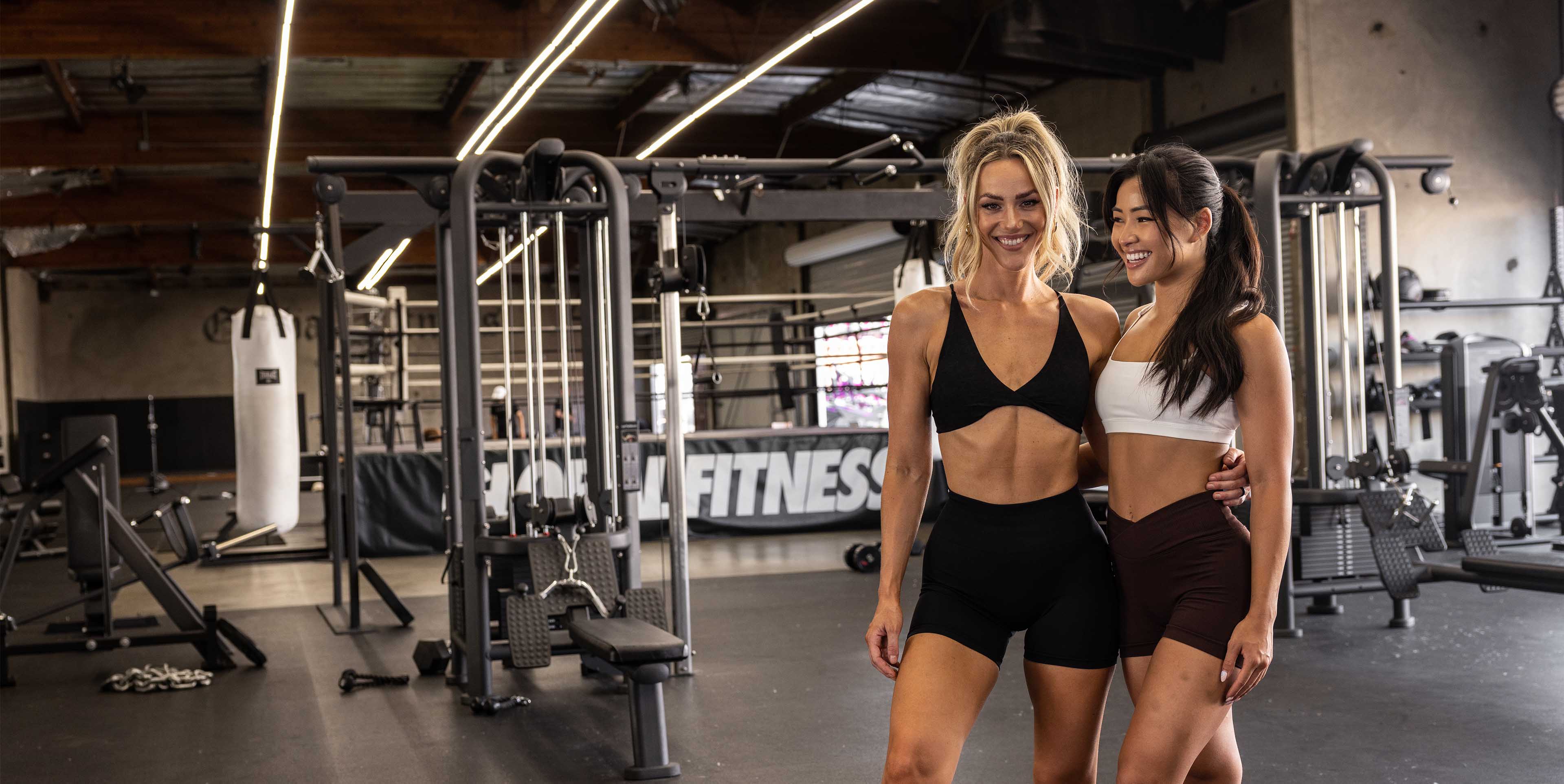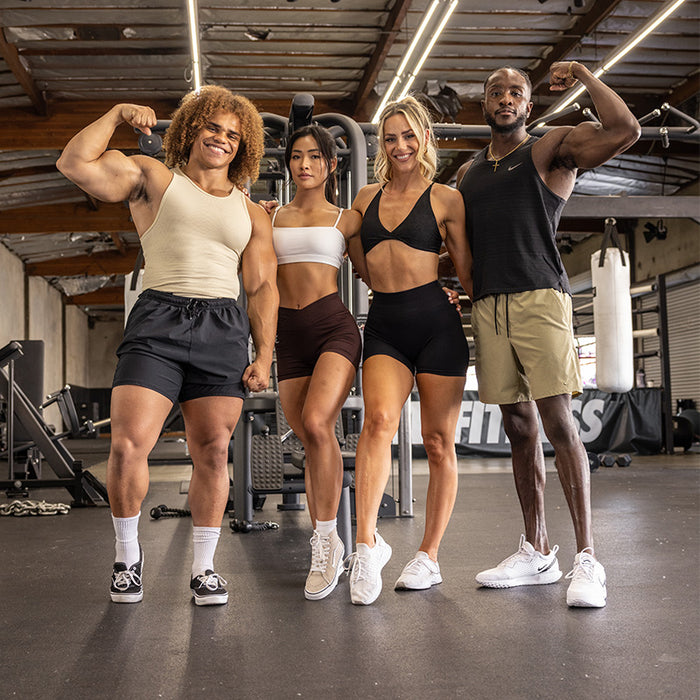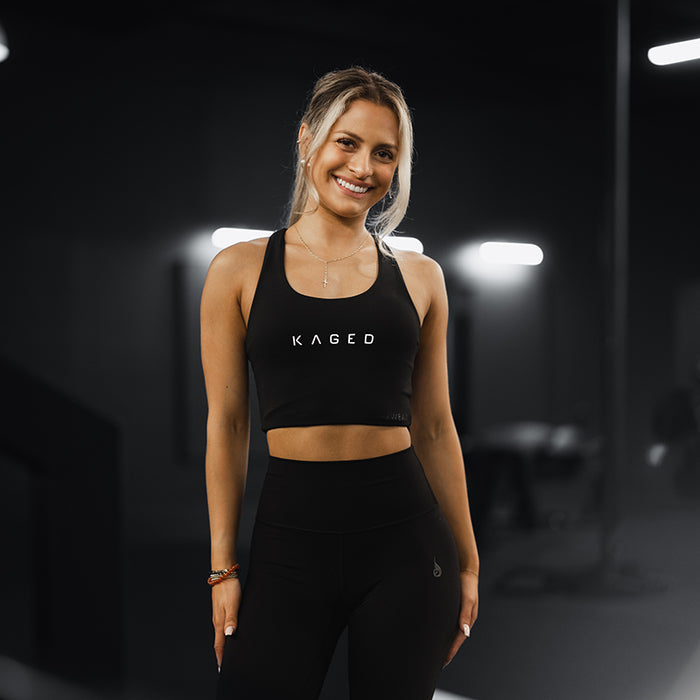Almost without exception, shoulders are one of the biggest strengths or weaknesses of your physique. Either way, it’s important to train them. No one who ever stood on a stage was accused of having shoulders that were too large. But, wow, the opposite is true. If shoulders are one of your weaknesses, then you need to pay particular attention to them as you follow Operation Aesthetic.
As with every body part, much of the appearance and structure of your shoulders is genetic. Yet, you can make enormous strides in helping to improve the way they look as you diet. The key is to understand the configuration of the shoulder muscles and how you should train and present them. We’ll be using a lot of compound and isolation movements during this program to bring in detail and support mass building in your shoulders.
Before we get to the program, though, it’s important that you have a solid grasp on individual shoulder muscles and how you can best develop them. Here’s a rundown on the specific shoulder muscles we’ll target, followed by the program that will help you develop them even while on your diet.
MIDDLE DELTS
The middle delts are the largest muscles by appearance because they’re the ones that widen your shoulders. They lie along the outer part of your upper shoulders, and targeting them increases mass and detail in this body part. While shoulders grow best from compound movements, you can improve definition in your middle delts through moves such as dumbbell lateral raises.
FRONT DELTS
Your front delts lie along the sides of your pecs at the front side of your shoulders. Targeting your front delts helps bring out definition between your chest and shoulders for a more complete appearance from the front. This becomes more visible as you reduce body fat. Front delts respond well to compound movements as well as isolation exercises such as front dumbbell raises.
REAR DELTS
These relatively small muscles at the back of your shoulders are harder for many people to develop than the other shoulder muscles. Many of us have a weak mind-muscle connection with them, and we can’t see them without a mirror. Still, it’s important to develop your rear delts because they tie your back and shoulders together, providing detail in this area of your physique. Rear-delt flyes help improve this aspect of your shoulders.
TRAPEZIUS (traps)
I prefer to train traps with shoulders rather than back, so that’s why I’m including my description of this muscle with both groups. Your traps are a large butterfly-shaped muscle in the center of your back. Your traps also rise and attach to the top of your shoulder blades near your neck. Your trapezius is not only visible from the back when you’ve dieted down, but you can see defined ridges from the front. Moves such as barbell shrugs and upright rows help improve your traps, and I add them to my shoulder training.







